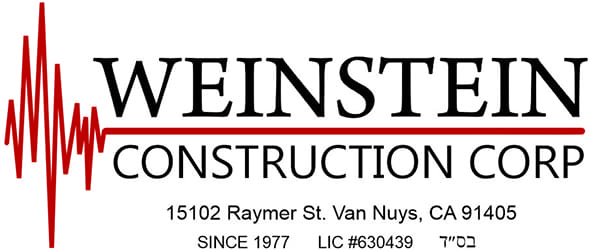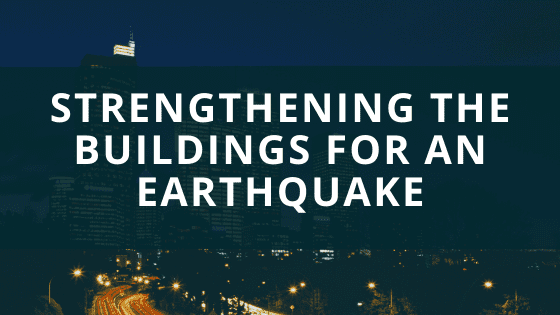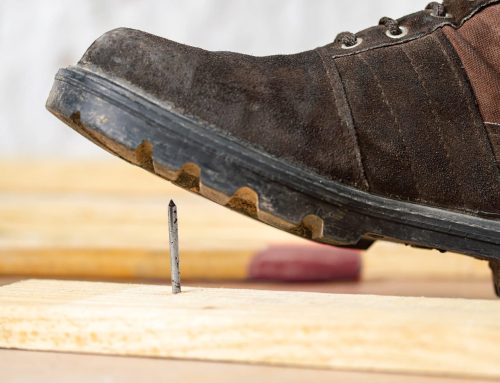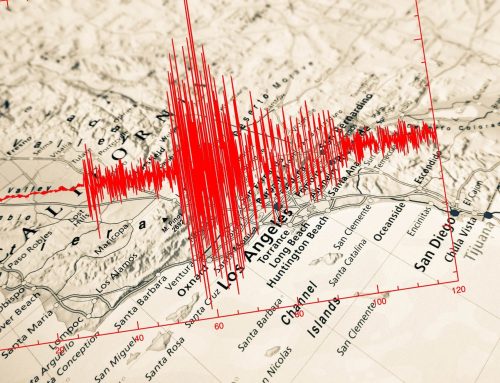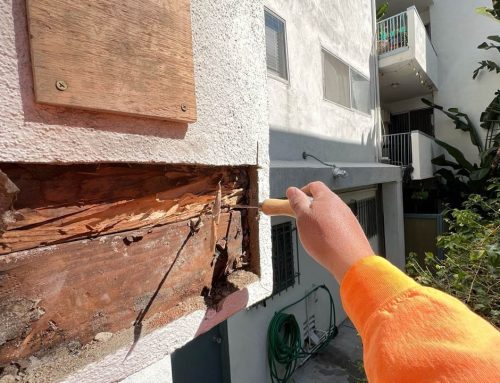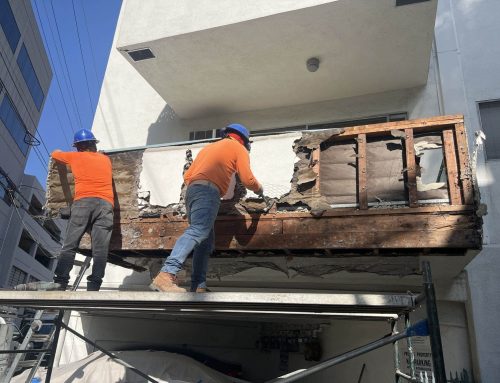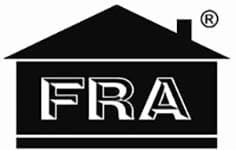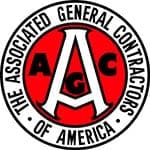California, Oregon and Washington are western states that have had a lot of seismic activity in the last century. Following one devastating earthquake to another, the construction industry learned to develop retrofit strategies beginning in the 1970s. It wasn’t until the late 1990s, however, that these concepts were commonly integrated into new construction.
Western Coast Seismic Activity
The worst of these quakes happened just before sunrise in San Francisco on April 18, 1906. This quake, which lasted about 60 seconds, could be felt from the south of Oregon to Los Angeles. The quake was so intense that it set fire and even pushed the ground in Germany, more than 9,000 kilometers away. While some 700 deaths have been registered, historians believe that the total death toll may have been in the thousands.
San Francisco’s catastrophic earthquake of 1906 measured an estimated 7.7-7.9 magnitude, but California quakes have since been less severe. The 1989 Loma Prieta quake that rocked San Francisco during the World Series was 6.9, while the 1994 Northridge quake in Los Angeles was 6.7. Each of these events has taught engineers how to build stronger structures.
Learn from Earthquake History
The first earthquake strength and duration seismographs appeared in 1887 at locations such as the University of California at Berkeley. The 1906 disaster led to a State Earthquake Investigation Commission financed by the Carnegie Institution in Washington to bring geological scientists together for analysis.
Two years later, the Commission released a Lawson report containing comprehensive data on the catastrophic earthquake. The report revealed that much of the damage was caused by the design and structure of the buildings, as well as by the local soil on which they were built. This research has given rise to the “theory of elastic rebound.”
How to Save Infrastructure from Earthquake
History has taught us that structures built on soft or weak foundations do not hold up very well in major earthquakes. From this body of knowledge, engineers have discovered that thousands of older buildings on fault lines in major cities still need to be retrofitted. Soft Story apartment complexes are particularly at risk as they tend to have Soft Stories (Tuck Under Parking) that are the result of building designs that were thought to be sufficient.
A seismic retrofit can be performed in a variety of ways, depending on the existing structure. The common thread between these methods is to provide reinforcement to strengthen the structure. The process begins with a structural inspection to detect how the building will perform in the event of an earthquake.
Conclusion
The best way to protect the building from losses, accidents and litigation that may occur from an earthquake is to employ seismic experts. Please contact us at Weinstein Construction to learn more about making your building safer. We’ve been in company for over 42 years.
